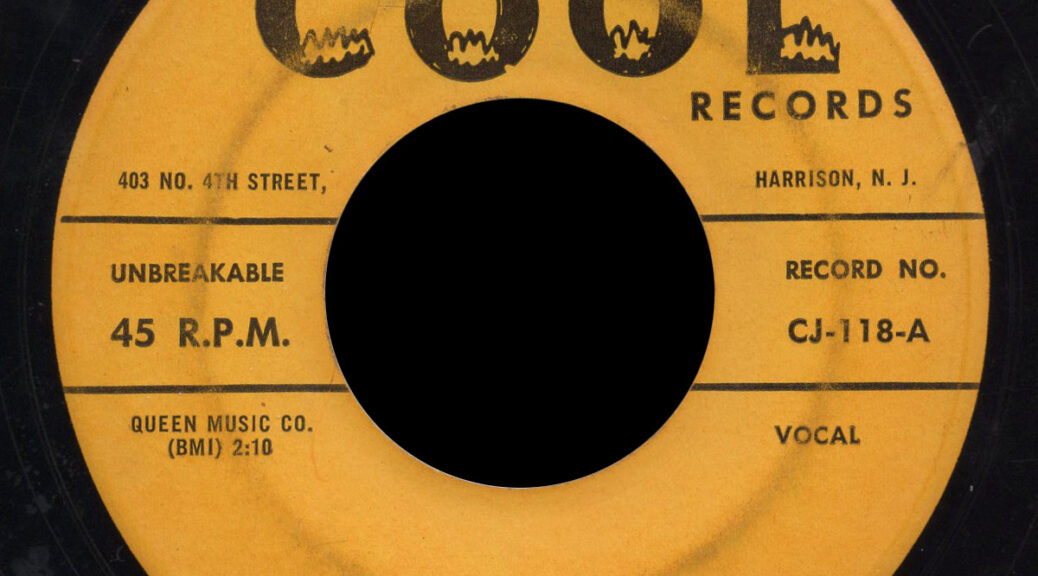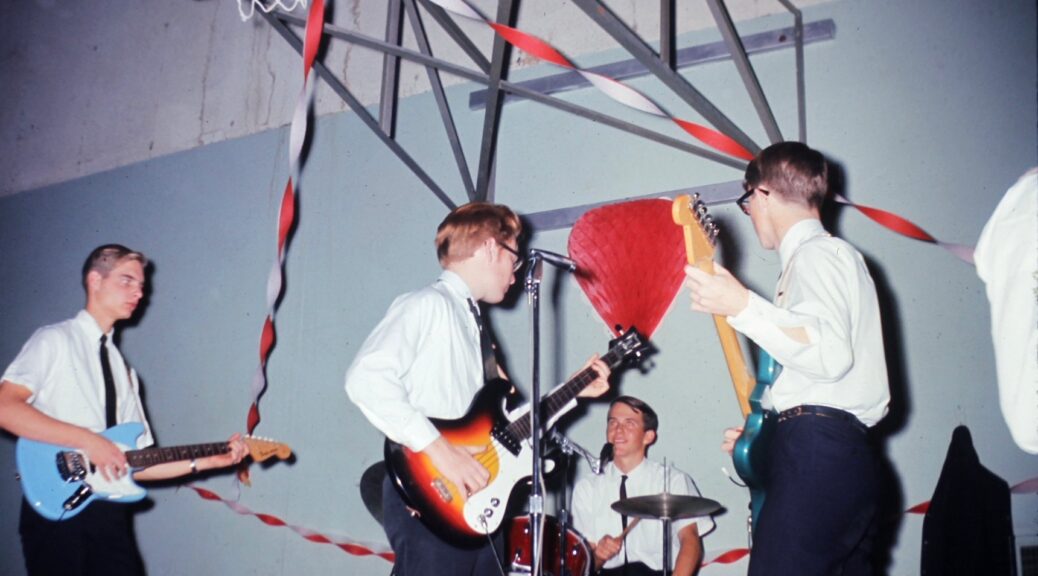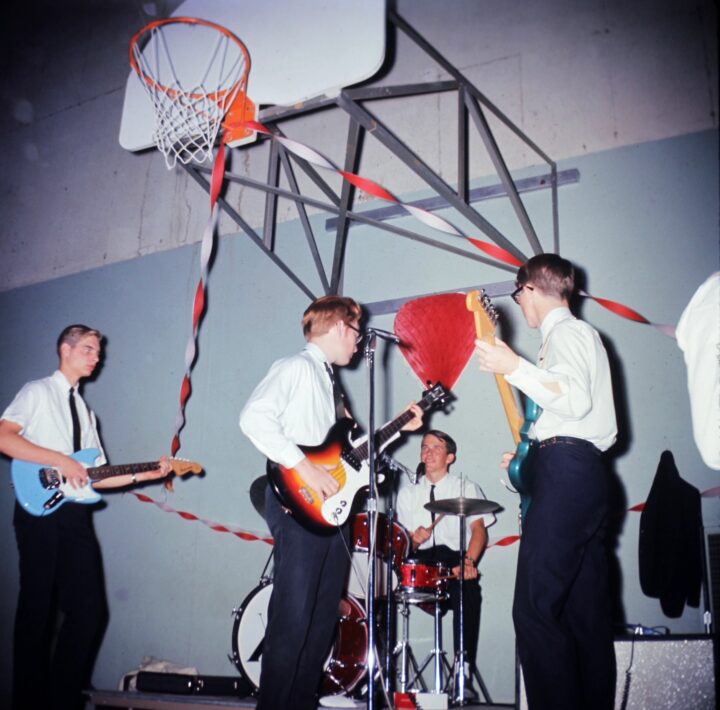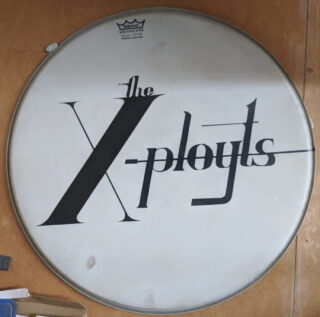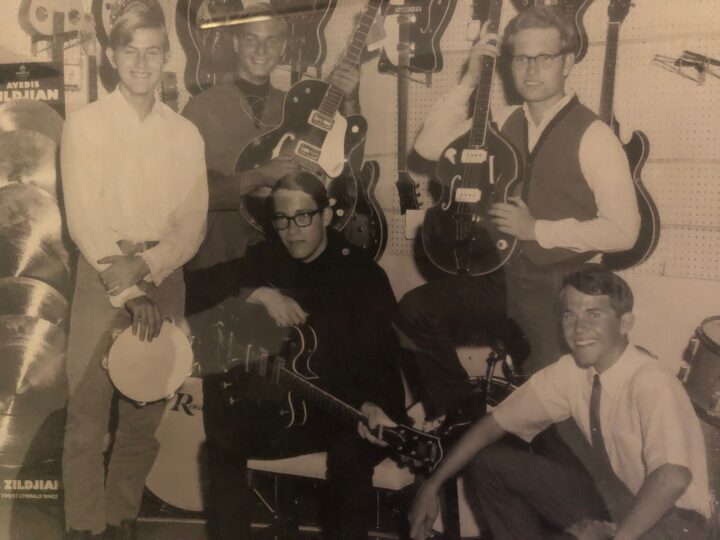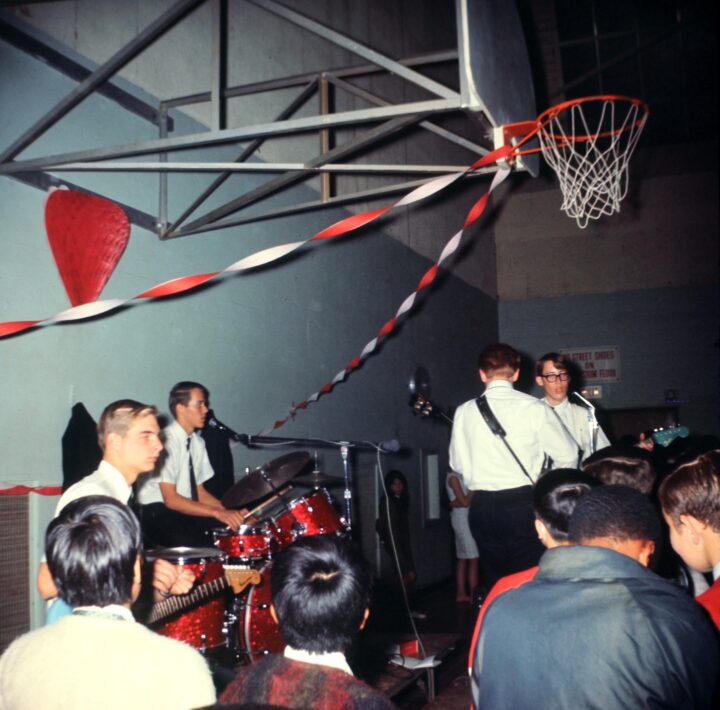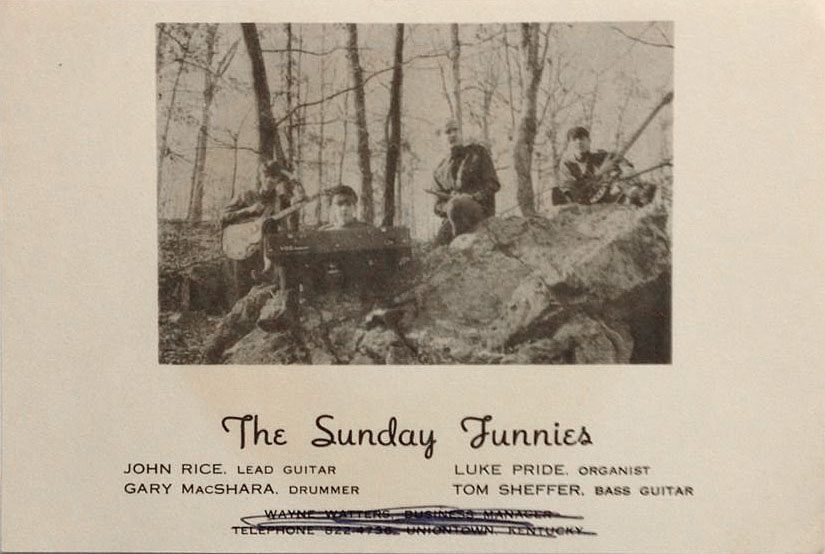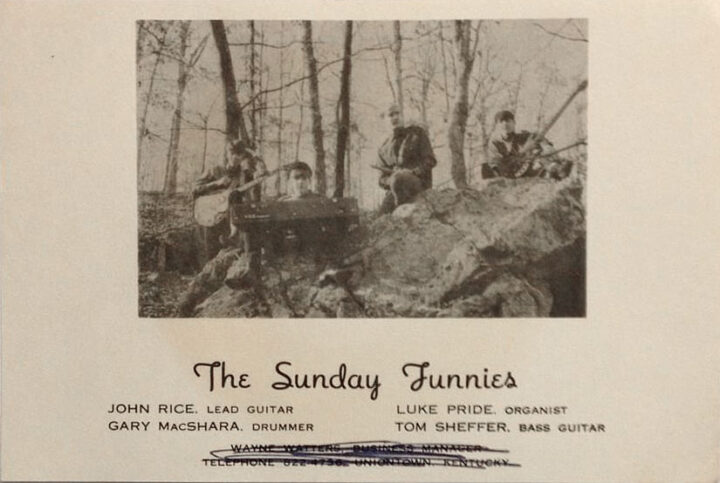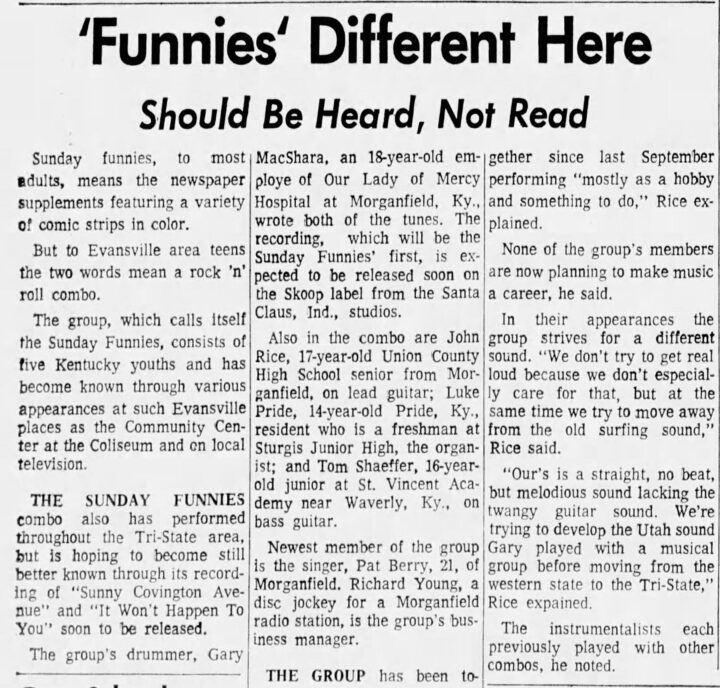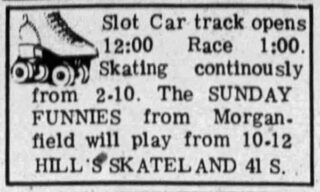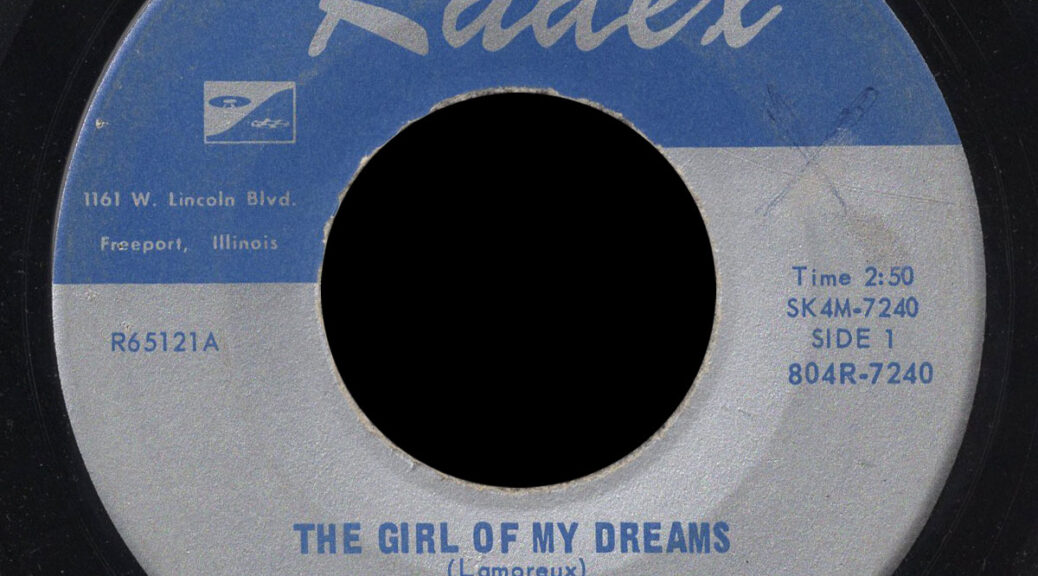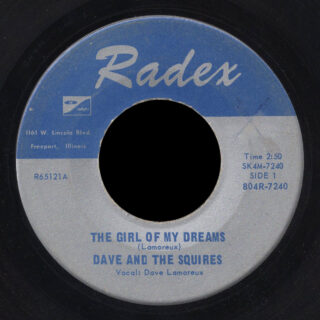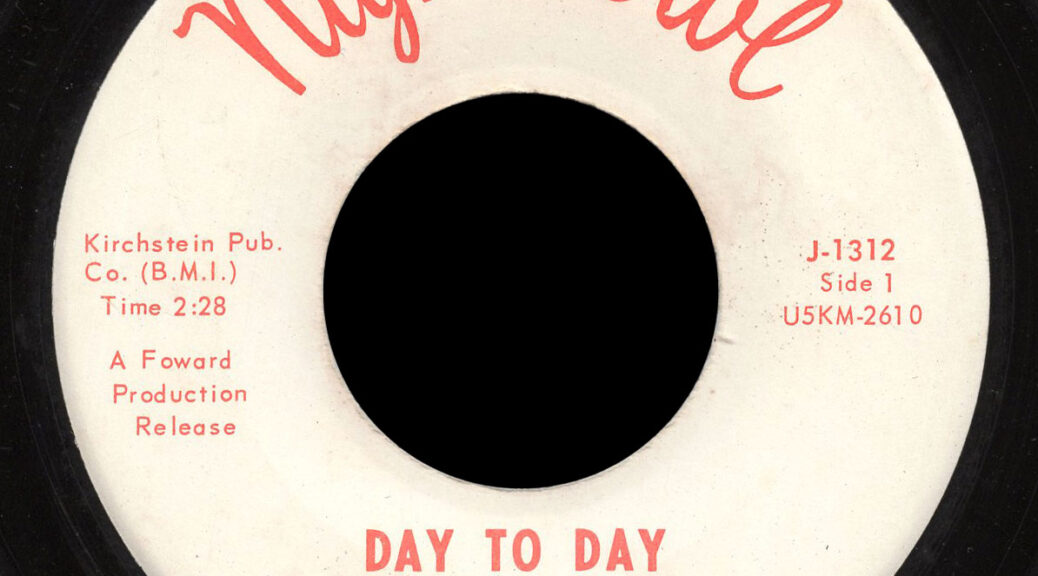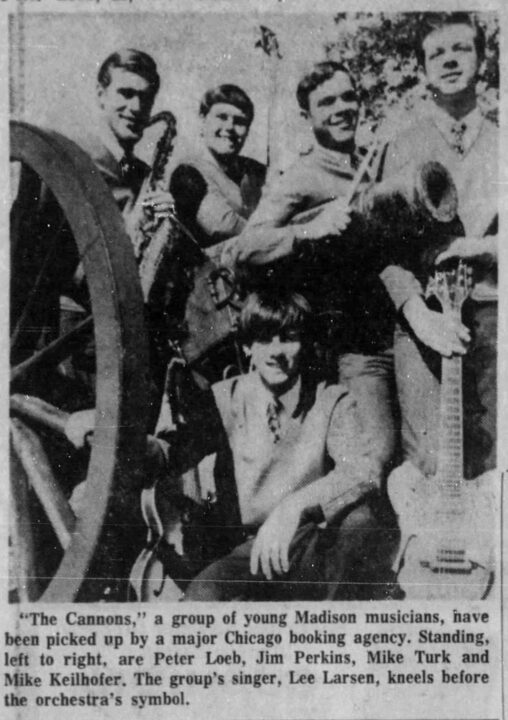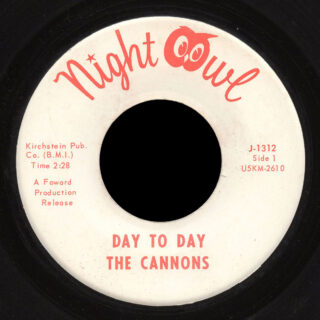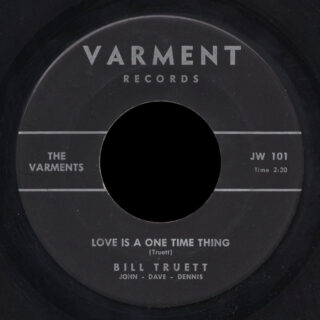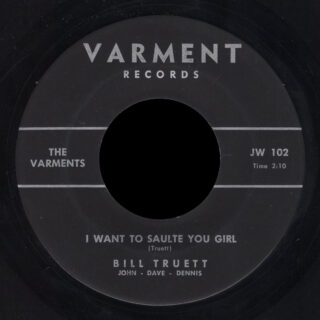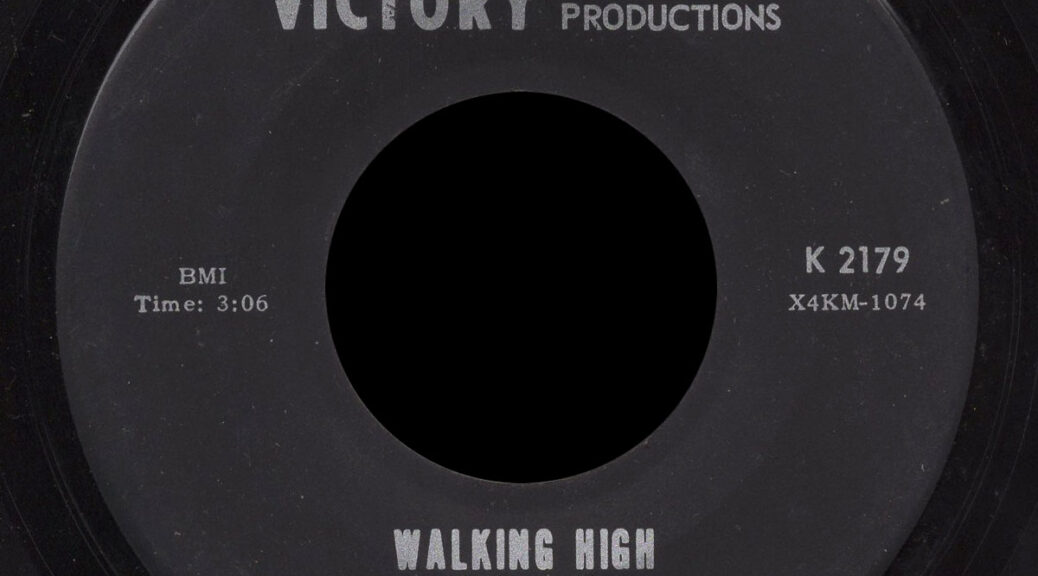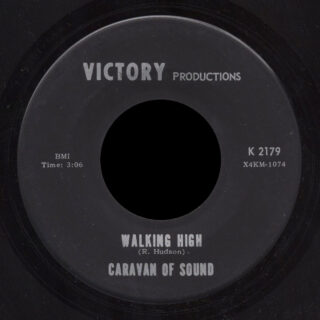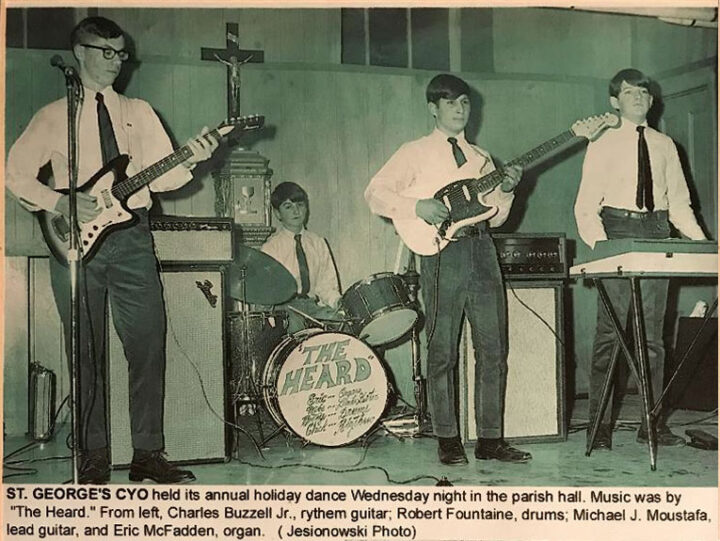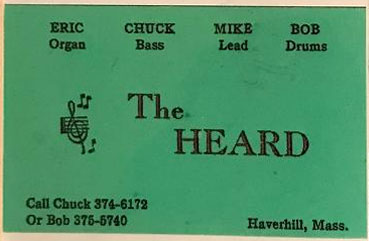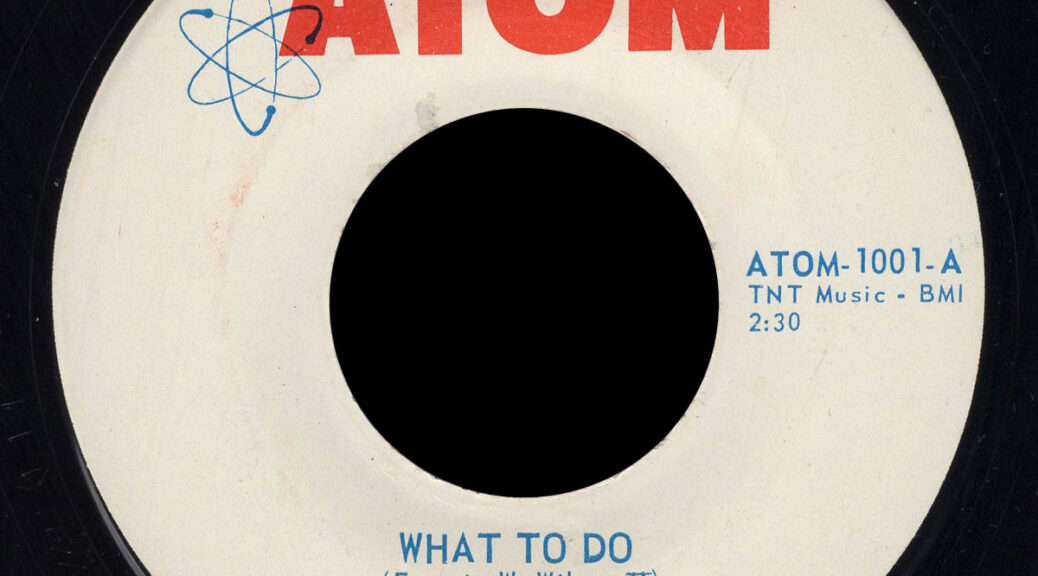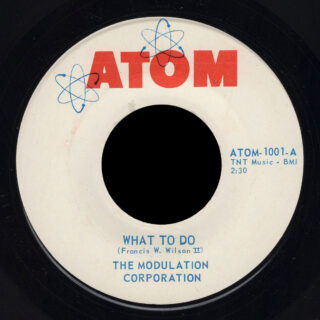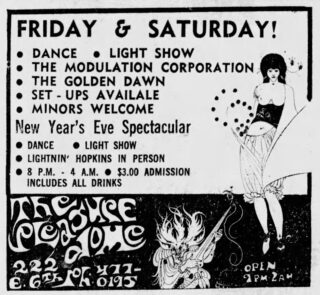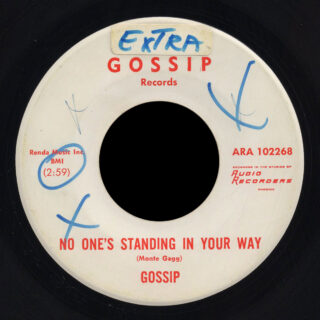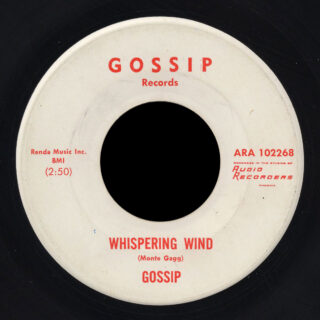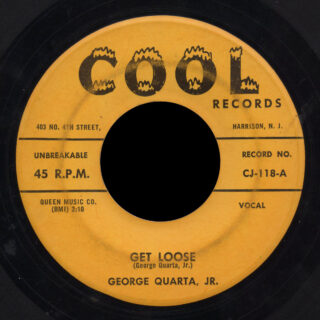 Today I’m featuring two rockabilly artists, George Quarta Jr. and Bob Cribbie, who both grew up in Hudson, New York.
Today I’m featuring two rockabilly artists, George Quarta Jr. and Bob Cribbie, who both grew up in Hudson, New York.
In 1959 they each released a 45 on the Cool Records label out of Harrison, New Jersey. George Quarta Jr. cut “Get Loose” / “Don’t Move”, and Bob Cribbie made “Vow of Love” / “Rockabilly Yodel”.
Cool Records attracted artists from Florida to Vermont. The Hudson connection might be coincidental. The records do not sound similar and may have been cut at different sessions or studios. What makes me think this could be more than coincidence is the 45s had successive release numbers: Bob Cribbie on Cool Records CJ-117, and George Quarta on Cool CJ-118.
George Quarta was born on December 21, 1931 and died on September 6, 2017. Quarta’s obituary states “He performed in the Hudson area including at the old Community Theatre where billboards of George lined the walls as the girls excitedly gathered to hear him sing and play his guitar.” The Community Theatre still stands, but has been disused for decades.
 Bob Cribbie’s vocal on “Vow of Love” is straightforward, but his delivery on “Rockabilly Yodel” is very much “outsider” in nature; he certainly has an odd sense of timing! Bob became known as a idiosyncratic yodeler, appearing on radio and late night TV under his own name and then as Avalanche Bob.
Bob Cribbie’s vocal on “Vow of Love” is straightforward, but his delivery on “Rockabilly Yodel” is very much “outsider” in nature; he certainly has an odd sense of timing! Bob became known as a idiosyncratic yodeler, appearing on radio and late night TV under his own name and then as Avalanche Bob.
Did George and Bob know each other? I have no idea. Nearly everyone involved in these records has passed away.
What was the connection that brought Hudson NY artists to record at Cool?
It was likely veteran talent scout Jim Small, of nearby Elizaville, NY.
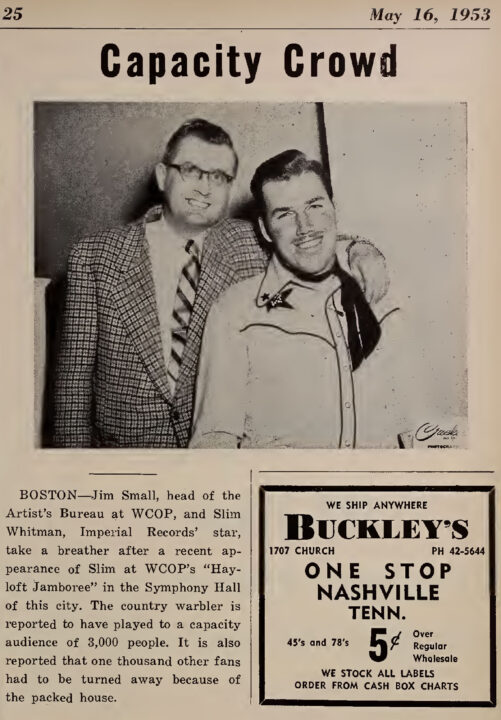
Jim Small’s ten years of mentions in trade publications hints at the tough life of a record A&R man.
In 1953 and 1954, Jim received mentions in Cash Box as manager of WCOP, Boston, and business manager of New England’s “Dude Ranch Jamboree” out of WJAR-TV, in Providence, RI.
Billboard, Sept. 29, 1958:
Jim Small of Elizaville, N.Y. .. has accepted talent-scout duties with Johnny Dee’s Vitam Distribution Company, Harrison, N.J., and Johnny Ponz’s Ace Records, New York. Jim will cover Dee’s three labels, D, c.&w.; Vitam, pop, and Cool, rock ‘n’ roll. He’ll cover c.&w. and rock ‘n’ roll for the Pony label. Small, who was laid up most of last winter with pneumonia, says he’s good as new again.
Cash Box, October 11, 1958:
Jim Small … has been chosen by two record companies as a national talent scout. One is Vitam Distribs of Harrison, N.J., which has three labels: the strictly country “D” label, the pop Vitam, and the rock ‘n’ roll Cool label. Small will represent all three. The other outfit is Ace Records, New York, which will add country releases to its pop catalog.
(I am not familiar with a Harrison, NJ “D” label. It could be that it was not used because of Pappy Daly’s D label out of Houston which started earlier that year. I know of only one release on Vitam, Ray King and the Joe Derise Orchestra, “Can It Be Love” / “I’ll Always Love You.”)
Billboard, November 24, 1958 reported:
Visitors at the desk last Wednesday en route to the Nashville deejay festival, were promoter-manager Jim Small of Elizaville, N.Y. and a pair of his artists, Dick Sawyer of Stratford, N.Y. and Neil Swanson, who for the last four years has appeared on “Teen-Age Barn” TV show originating in Schenectady, N.Y … Sawyer’s initial release on Cool Records, “Sandy” b.w. “New Kind of Lovin’,” is due for early release.
The Glens Falls, NY Post-Star on August 6, 1959 mentions talent scout Jim Small in connection to Gerald Galusha, who made a record for Cool as Jerry Edwards, “Shedding Tears” / “Easy to Please” on Cool CJ-128.
Billboard August 3, 1959:
Jim Small, A&R man with Joe Flis’ Milo Recording Company, Harrison, NJ, has taken over the personal management of three Cool Records artists – Dave Osborn, Johnny White and Artie Davis. Small recently ushered Osborn to Wheeling, W.Va., for a guest shot on WJVA’s World’s Original Jamboree. White’s newest Cool release couples “Cryin’ Room” and “Rose in the Garden,” while Davis’ new one on that label is “Book of Love” b/w “Hawaiian Boogie.”
Billboard, April 4, 1960:
Jim Small, who has been associated with the c.&w. music field more than 25 years, has been named vice-president of Milo Recording Company, Harrison, N.J., by owner-manager Joe Flis. Jim has long served as talent scout for Milo and organized the firm’s c.&w. department with its Cool label. Small is presently in De Land, Fla., recuperating from an attack of ulcers which laid him low for several months. He is continuing with his scouting and auditioning during his Florida stay. With him is his right-hand man and assistant, Dave Osborn. Small’s home and office is in Elizaville, N.Y. [Dave Osborn came from nearby Hillsdale, NY, and made records on both Milo and Cool.]

Billboard, July 25, 1960:
Jim Small, Veepee of Milo Recording Company and Cool Records, Harrison, N.J. is currently on a talent-scouting expedition thru Pennsylvania. Touring with him are his assistants Bud Bailey and Bob Weiss. Dave Osborn, who worked with Small out of the Cool branch in DeLand, Fla. the past winter, is spending the summer with his band in his native New York State. He will return to Florida with Small in the late fall. Jim reports that he is amazed at the amount of solid c.&w. talent that has been overlooked in Pennsylvania.
Billboard April 13, 1963:
Jim Small, president of A-B-S Records, Inc., Elizaville, N.Y., is back in action after spending most of the last 10 months in the hospital. Small has named Bud Bailey as general manger of A-B-S. Firm last week released a new one by Mickey Barnett and His Wranglers, “Just a Memory” b.w. “I’m Sorry I Cheated on You,” both penned by Mickey himself. A new A-B-S religious release spots “I’ve Been With Jesus” and “When I Move” as done by the Missionaires Quartet of Miami.
The Wilmington, Delaware News-Journal March 10, 1964:
Howard Rash, a songwriter and singer of country and western ballads, has purchased ABS Records from Jim Small of Elizaville, N.Y., and DeLand, Fla.

